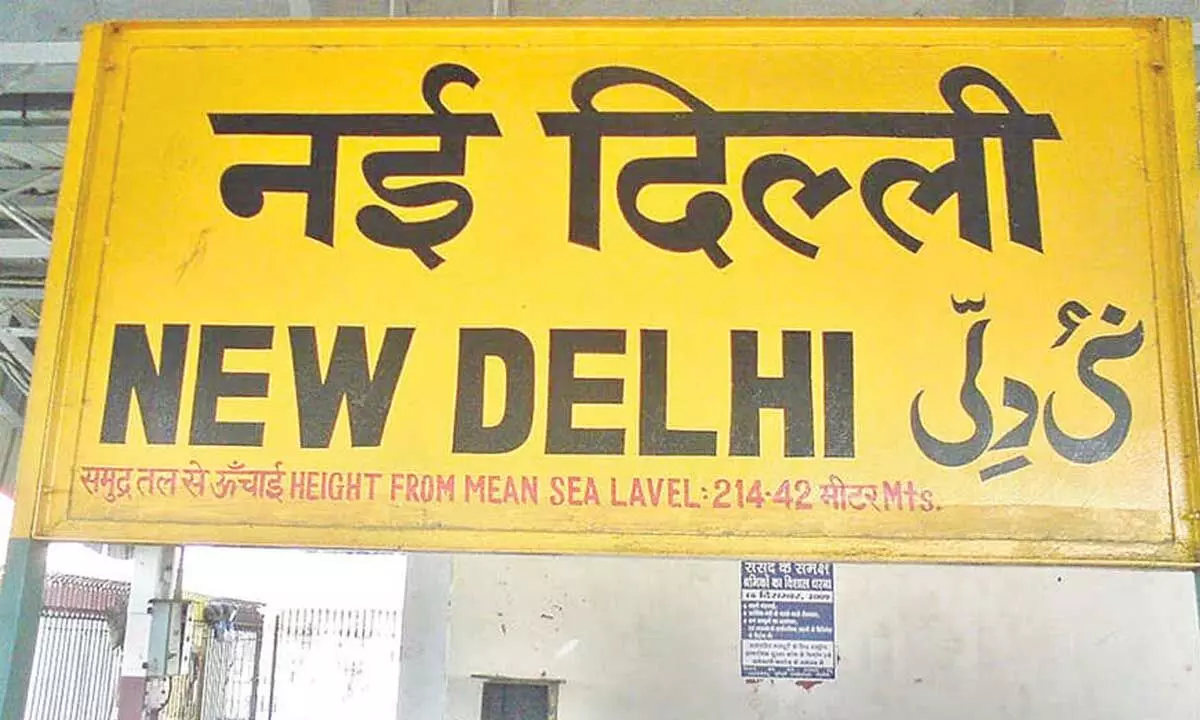Live
- Civil Supply Hamali Workers Temporarily Suspend Strike Following Minister’s Assurance
- Elon Musk Criticizes UK PM Keir Starmer Over 'Pakistani Grooming Gangs' Controversy: What the Term Really Means
- NISAR Satellite: The World’s Most Expensive Earth Observation Mission by NASA and ISRO
- Jogulamba Gadwal Police Honored with State-Level Service Medals
- Strict action will be taken if there is negligence in the quality of the meals - MLA Dr Rajesh Reddy
- CPM Demands Immediate Operationalization of 300-Bed Hospital in Gadwal
- The government is committed to the welfare of the poor,” - MLA Dr Rajesh Reddy
- ICC Champions Trophy 2025: Jasprit Bumrah Set to Be Rohit Sharma’s Deputy, India to Announce Squad by January 12
- Chief Minister Revanth Reddy Expresses Grief Over the Demise of Padma Shri Jagdish Mittal
- Couture Runway Week Season 7 Presents: Walk for Nation Pride – A Celebration of Heritage and Elegance









